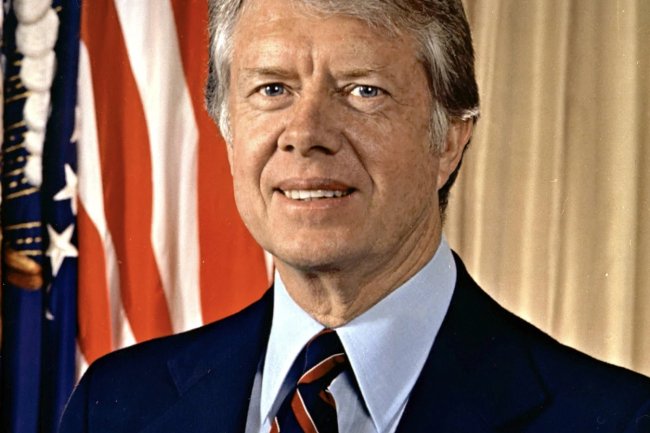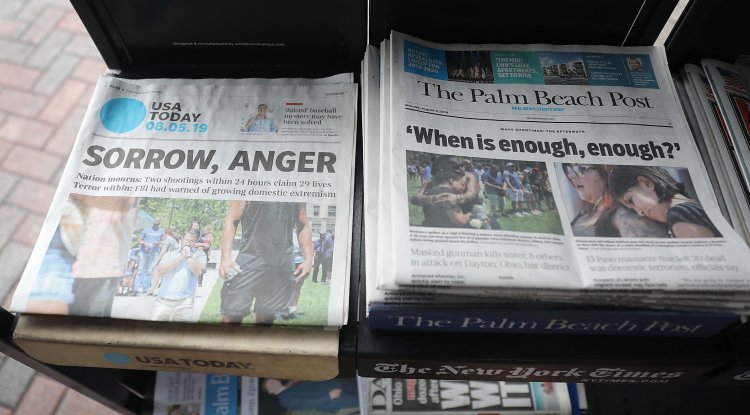Harris and Trump in Tight Race Across 7 Swing States: Poll Analysis
Harris and Trump are locked in a close race in key battleground states, poll shows.

- Introduction
- Poll Overview: A Neck-and-Neck Race
- Swing State Breakdown
- Voter Sentiment and Key Issues
- Senate and Governor Races: Democratic Edge
- Conclusion
- FAQs
Introduction
As the 2024 presidential election nears, recent polling reveals a tight race between Vice President Kamala Harris and former President Donald Trump in seven key battleground states. The survey conducted by Emerson College Polling and The Hill indicates that both candidates are locked in neck-and-neck contests, underscoring how crucial these states are in determining the next occupant of the White House.
Poll Overview: A Neck-and-Neck Race
According to the poll results, both Harris and Trump are statistically tied across seven swing states, as the margins of victory fall within each state's margin of error. These states—Arizona, Georgia, Michigan, Nevada, North Carolina, Pennsylvania, and Wisconsin—will play a pivotal role in the 2024 election.
Notably, when respondents were asked who they expected to win, Harris led in terms of expectations, even in states where Trump showed a slight edge in direct polling numbers. This divergence hints at the unpredictability and volatile nature of voter sentiment.
Swing State Breakdown
Trump Leads in Arizona, Georgia, and Wisconsin
In Arizona, Georgia, and Wisconsin, Trump holds a slim lead over Harris:
- Arizona: Trump leads Harris 49% to 48%.
- Georgia: Trump edges out Harris 50% to 47%.
- Wisconsin: The gap remains tight, with Trump at 49% and Harris at 48%.
Harris Leads in Michigan and North Carolina
Harris leads in Michigan and North Carolina, but the margins are also within the poll’s margin of error:
- Michigan: Harris holds 49%, compared to Trump’s 47%.
- North Carolina: The vice president has a slight edge at 49%, while Trump trails with 48%.
Nevada Tied
In Nevada, both candidates are tied at 48%, reflecting the highly competitive nature of the state. With both campaigns focusing heavily on Nevada’s diverse electorate, this state remains a toss-up.
Voter Sentiment and Key Issues
The poll not only captured voter preferences but also highlighted the top issues influencing voter decisions across these swing states.
Economy as Top Concern
Unsurprisingly, the economy was the number one issue for voters across all seven states. With inflation, jobs, and the cost of living being front and center in the national conversation, both campaigns are expected to focus heavily on economic messaging as they fight for these crucial electoral votes.
Immigration and Threats to Democracy
While the economy remained the top issue, immigration ranked second in Arizona, which shares a long border with Mexico. In contrast, concerns about threats to democracy were the second most important issue for voters in Georgia, Michigan, Pennsylvania, and Wisconsin.
This highlights the stark regional differences that may shape how both campaigns tailor their platforms and outreach strategies.
Housing Affordability
In Nevada and North Carolina, housing affordability was ranked as the second-most pressing issue. The rising cost of housing in these states, particularly in urban areas, has driven the issue to the forefront of voter concerns.
Senate and Governor Races: Democratic Edge
In addition to the presidential race, key Senate and governor's races are also heating up, with several Democratic candidates holding leads over their Republican counterparts:
- Arizona Senate Race: Democratic Rep. Ruben Gallego leads Republican Kari Lake, 48% to 42%.
- Michigan Senate Race: Democratic Rep. Elissa Slotkin is ahead of Republican Mike Rogers, 47% to 42%.
- Nevada Senate Race: Democratic Sen. Jacky Rosen leads Republican Sam Brown, 48% to 41%.
- Pennsylvania Senate Race: Democratic Sen. Bob Casey has a 47% to 42% lead over Republican Dave McCormick.
- Wisconsin Senate Race: Democratic Sen. Tammy Baldwin holds a narrow lead over Republican Eric Hovde, 49% to 46%.
- North Carolina Governor Race: Democratic Attorney General Josh Stein is leading Republican Lt. Gov. Mark Robinson by a margin of 48% to 40%.
These races, while important, are similarly close, indicating that swing states will also be critical in shaping the Senate and gubernatorial balance of power.
Conclusion
As the 2024 election approaches, both Kamala Harris and Donald Trump are battling in tightly contested swing states that will likely decide the outcome of the presidential race. The economy remains the top concern for voters, but regional issues like immigration, threats to democracy, and housing affordability also play a significant role. Additionally, the outcome of several key Senate and governor races will further influence the political landscape.
FAQs
1. Which swing states are most competitive in the 2024 election?
The seven key swing states are Arizona, Georgia, Michigan, Nevada, North Carolina, Pennsylvania, and Wisconsin. Polling shows that Harris and Trump are in a statistical tie in these states.
2. What are the top issues for voters in the swing states?
The economy is the top issue for voters across all seven states. Immigration, threats to democracy, and housing affordability are also significant concerns, depending on the state.
3. How do Senate and governor races look in swing states?
Democratic candidates are currently outperforming their Republican counterparts in key Senate and governor races in swing states such as Arizona, Michigan, Nevada, Pennsylvania, and Wisconsin.
4. What is the margin of error in the polls?
The margin of error for each state in the Emerson College Polling survey ranges from 3 to 3.3 points, depending on the state.
For more insights and updates on the 2024 elections, visit Kiksee's Latest Election Coverage.
What's Your Reaction?






















